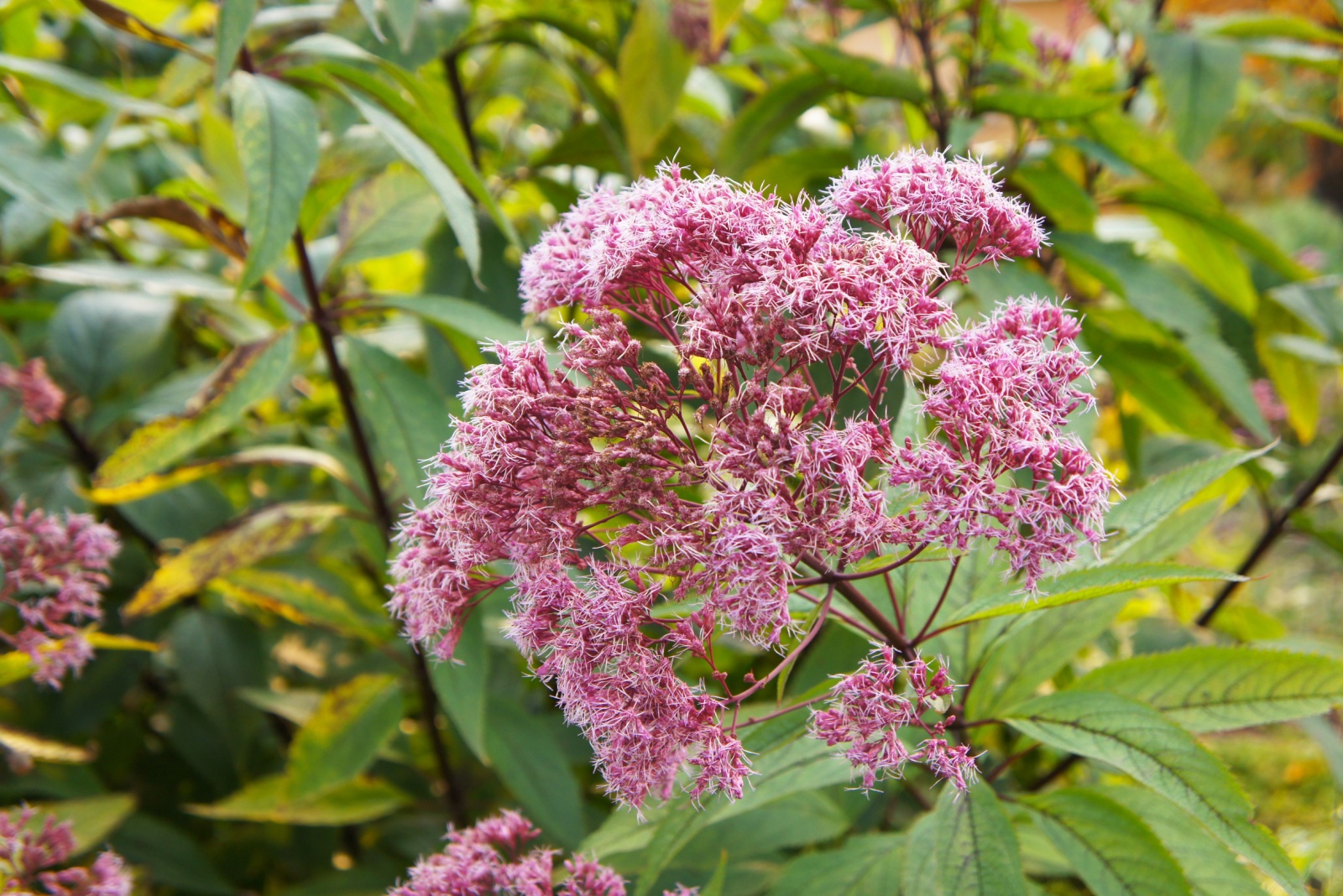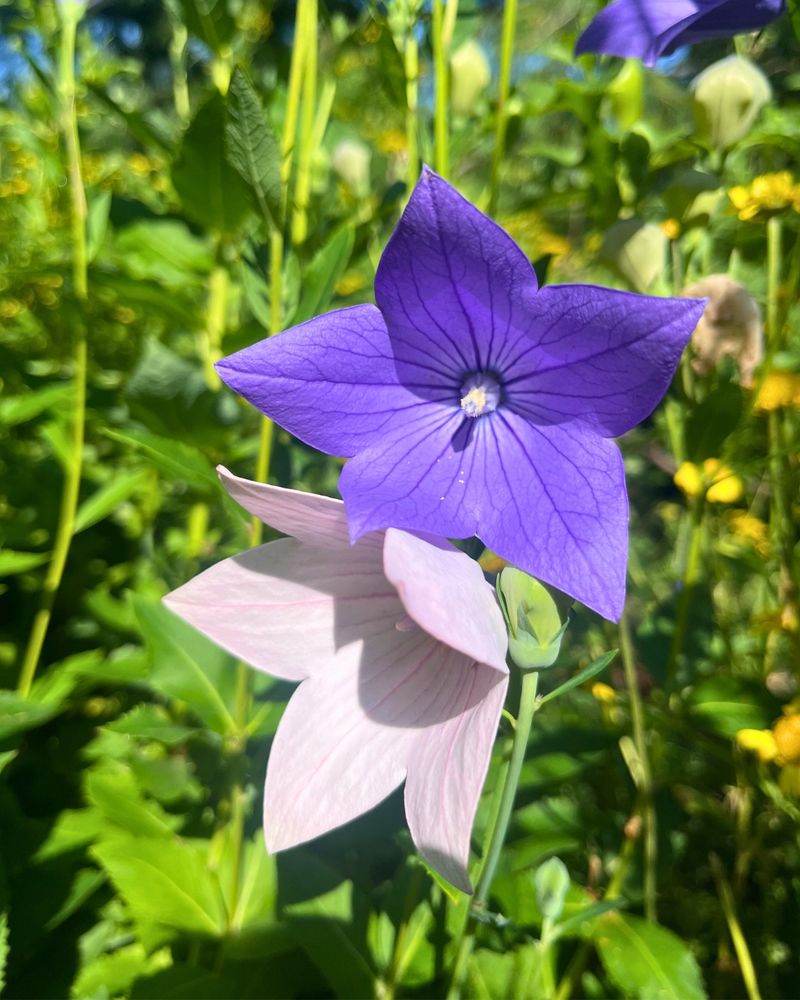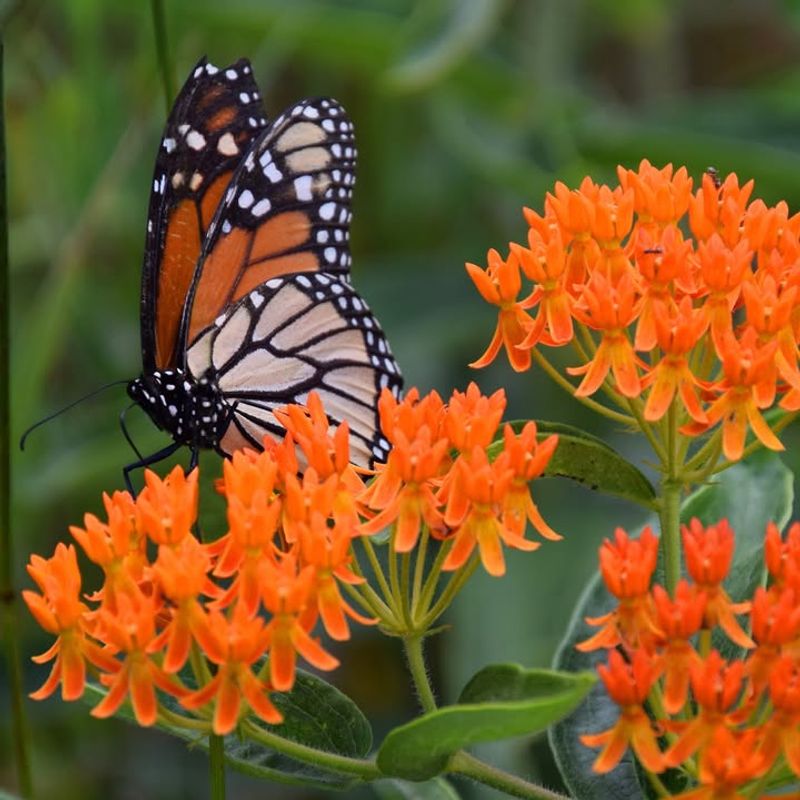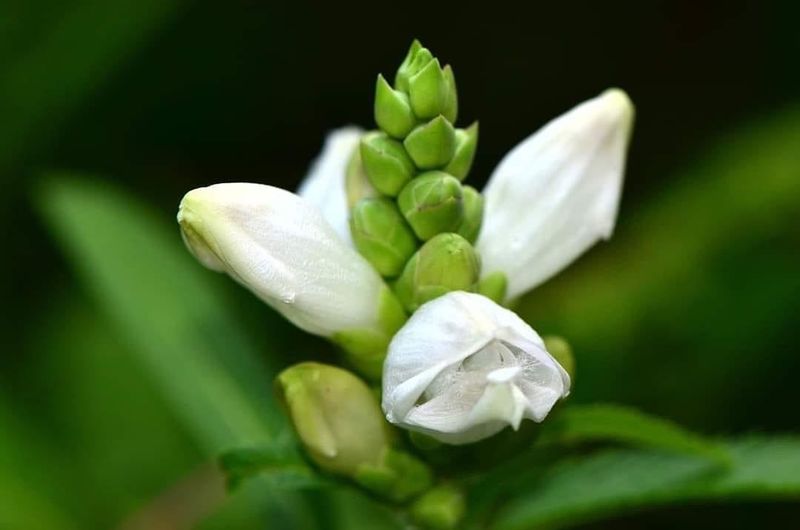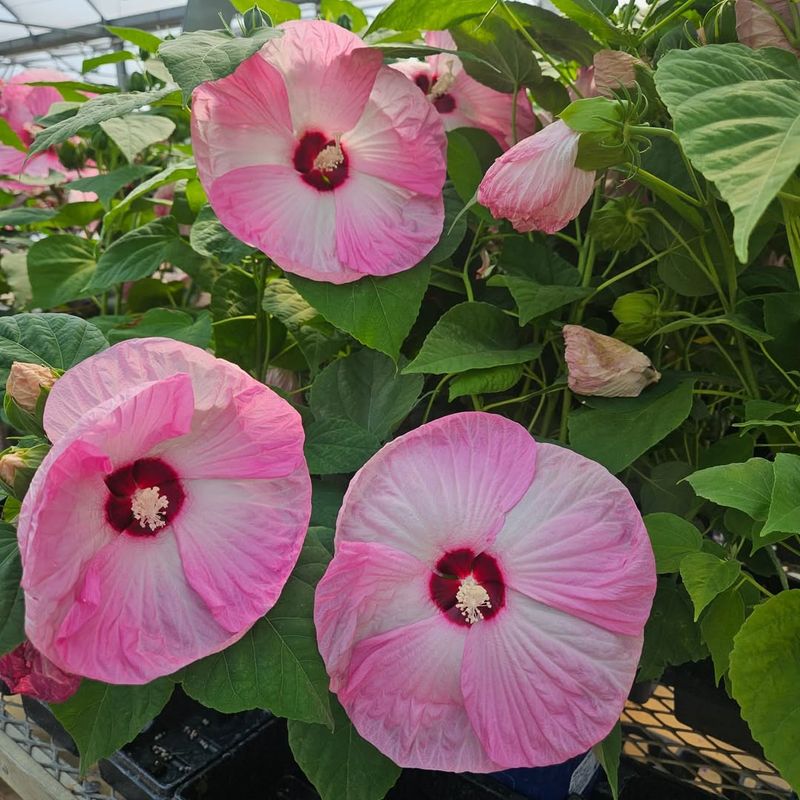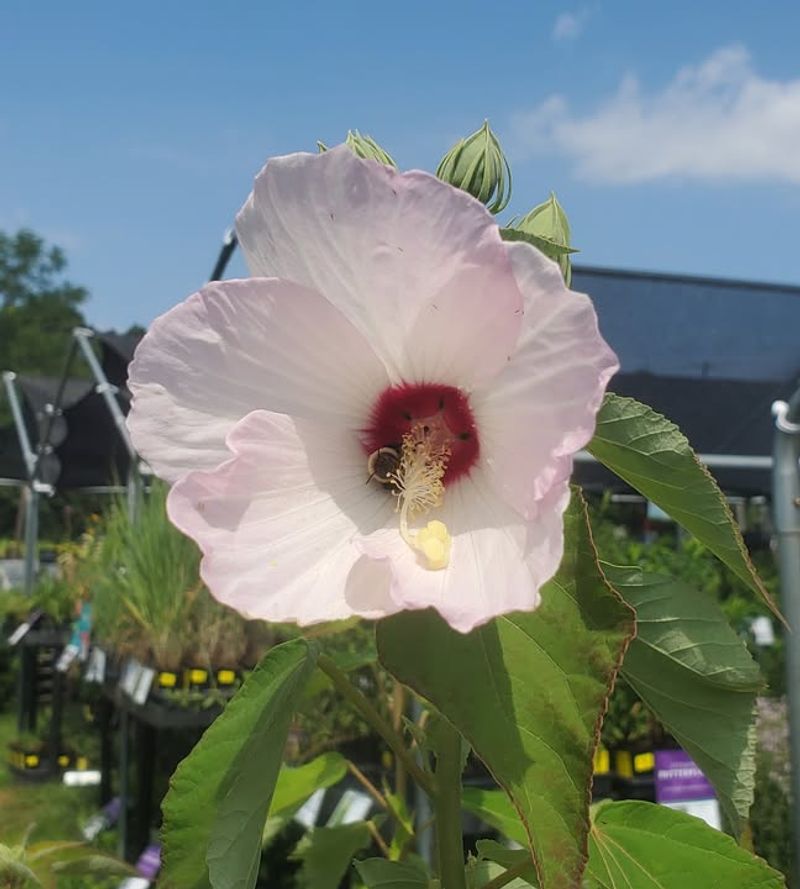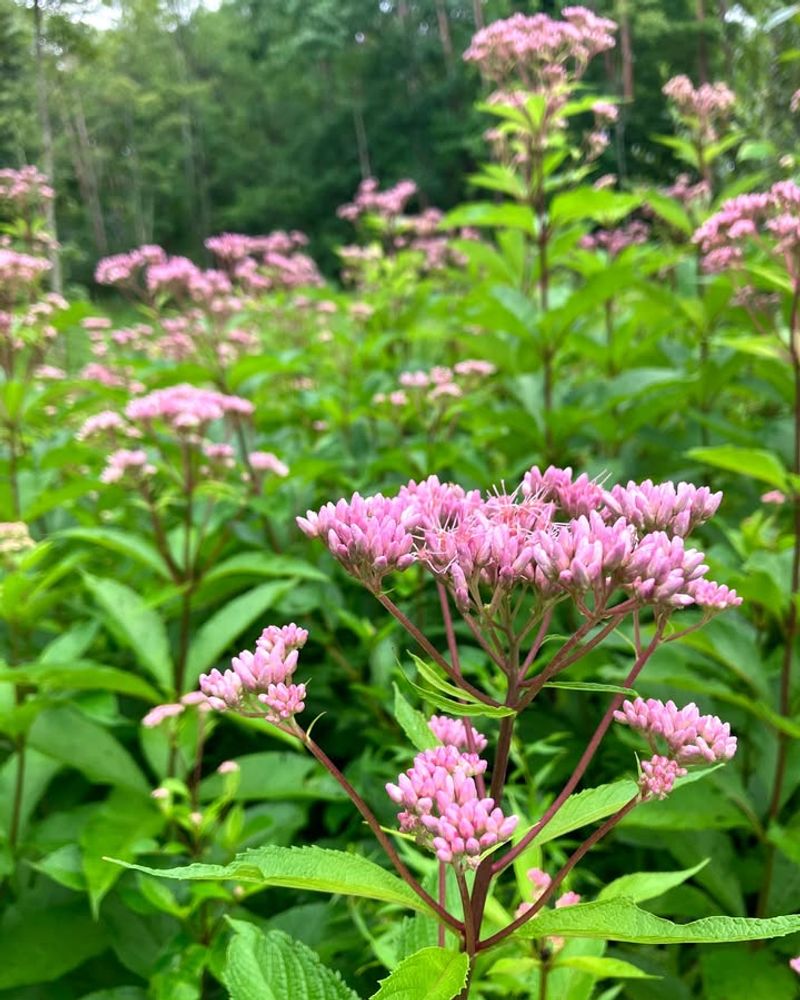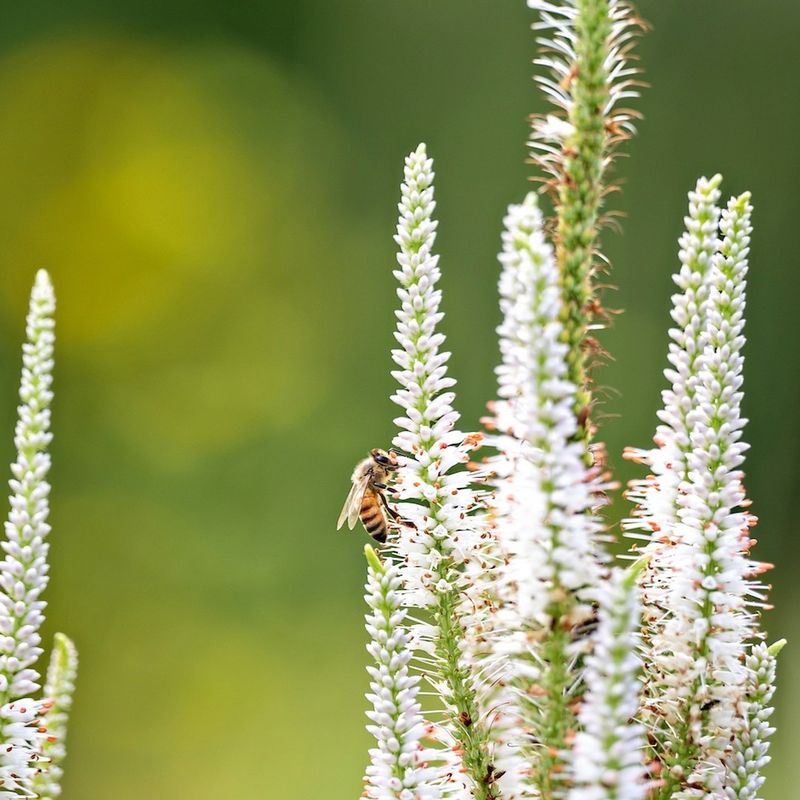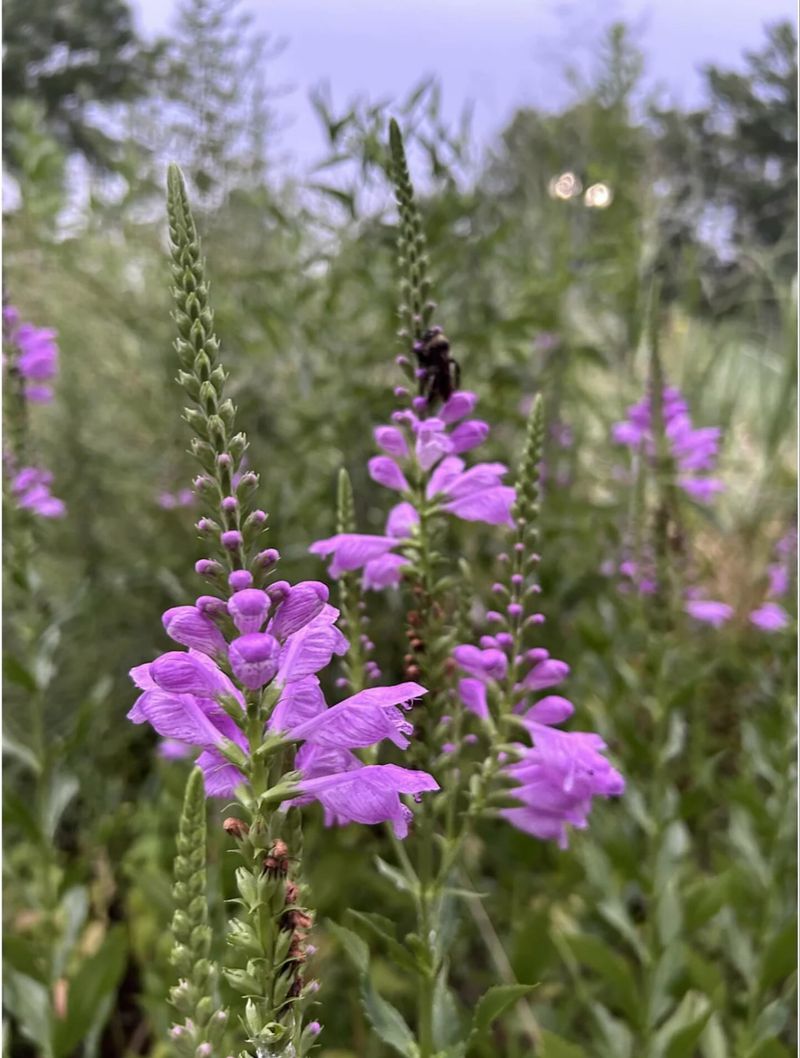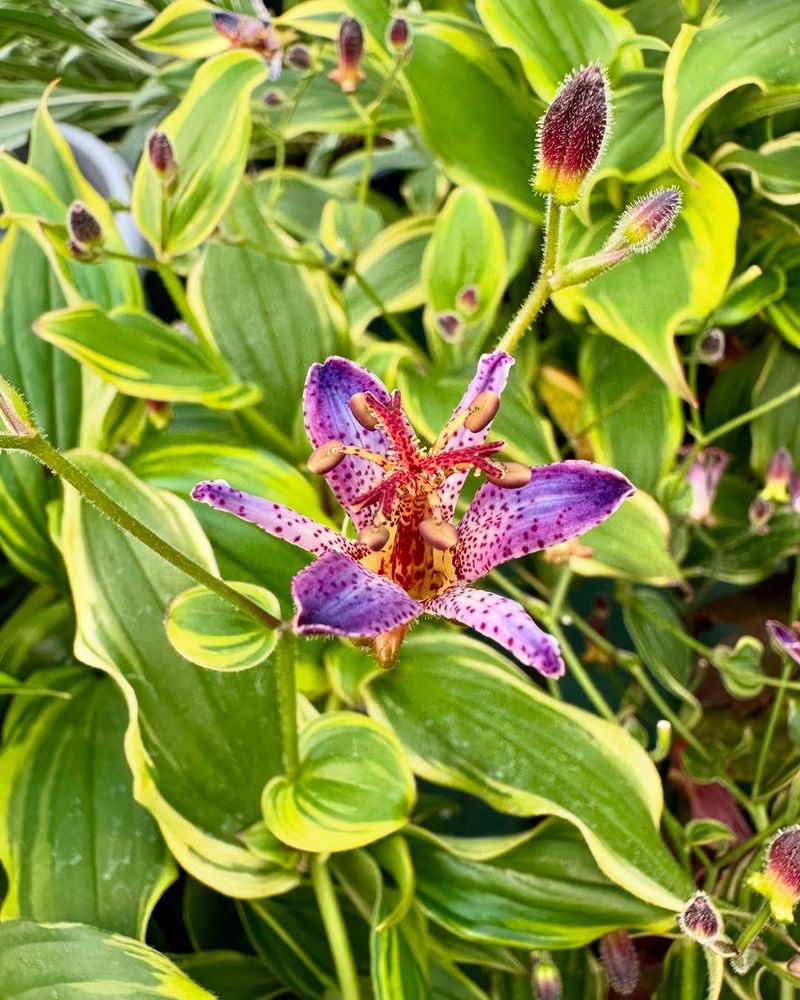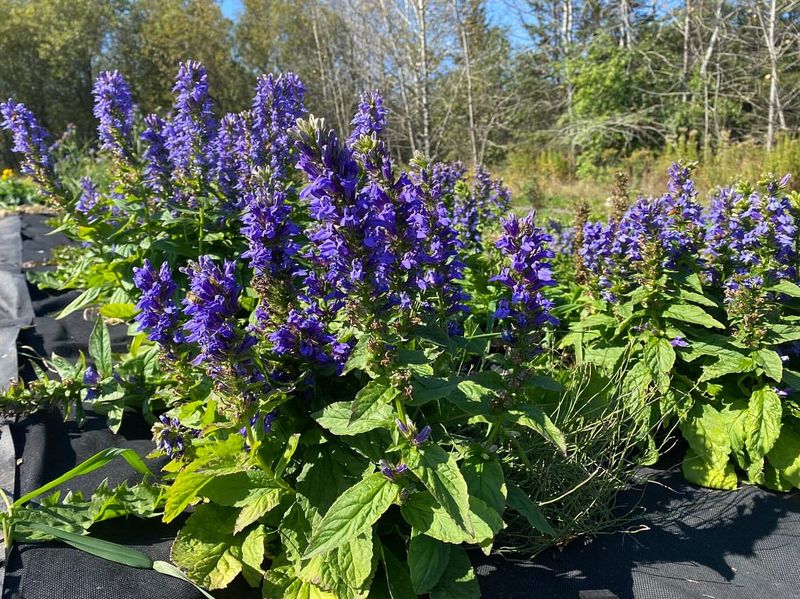Spring in Minnesota can feel a bit sluggish when certain perennials take their sweet time waking up. While early bloomers steal the spotlight, some plants seem to hit snooze a little longer.
But don’t worry—those late risers are absolutely worth the wait. When they finally push through the soil, they bring bold blooms and fresh foliage that light up your garden.
I’ve learned to be patient with these slow starters. They often end up being the stars of the season, adding lasting color and texture to your beds.
1. Balloon Flower (Platycodon grandiflorus)
Balloon flowers earn their name from the puffy buds that pop open into star-shaped blooms. They take their sweet time emerging in spring, often not showing up until late May or even early June across Minnesota.
Once established, these perennials reward your patience with flowers in shades of blue, white, or pink throughout summer.
Their slow start means you won’t accidentally dig them up while planting early annuals, so mark their spot with a small stake or label to avoid any mishaps in your garden beds.
2. Butterfly Weed (Asclepias tuberosa)
Patience pays off when you plant butterfly weed in your Minnesota garden. This native perennial can stay underground until temperatures really warm up, sometimes not appearing until mid to late spring.
Brilliant orange clusters attract monarchs and other pollinators like magnets all summer long. Its deep taproot makes it drought-tolerant once mature, perfect for sunny spots where other plants might struggle.
Just remember to leave the dried seedpods in fall—they provide food for birds and add winter interest to your landscape.
3. Turtlehead (Chelone glabra)
Named for flowers that look like tiny turtle heads, this native perennial loves the moist, shady corners of Minnesota yards. It emerges much later than most spring bloomers, often waiting until the soil warms considerably.
White or pink blooms appear in late summer when many other plants have finished their show. Turtlehead thrives near ponds, rain gardens, or anywhere the ground stays consistently damp.
Hummingbirds and bumblebees visit frequently, making it a wonderful choice for wildlife-friendly landscapes that need dependable late-season interest and color.
4. Hardy Hibiscus (Hibiscus moscheutos)
If you think you killed your hardy hibiscus over winter, think again! These showstoppers are notoriously late sleepers in Minnesota, sometimes not breaking ground until June.
When they finally arrive, dinner-plate-sized flowers in red, pink, or white steal the show from midsummer through fall. Their tropical appearance might fool you, but these tough perennials handle cold winters just fine.
Give them plenty of space—mature plants can reach five feet tall and wide, creating a stunning focal point that neighbors will ask about all season.
5. Rose Mallow (Hibiscus palustris)
Rose mallow takes its time waking up in spring, especially after a tough Minnesota winter. Don’t panic if the ground stays bare where you planted it—this moisture-loving perennial often waits until late May or June.
Enormous pink or white flowers with crimson centers bloom from July through September, each lasting just one day but replaced quickly by new buds.
Plant it near water features or in rain gardens where the soil stays damp. Its impressive size and tropical look make it hard to believe this beauty can survive our coldest months.
6. Joe Pye Weed (Eutrochium maculatum)
This Minnesota native takes a relaxed approach to spring, emerging well after early bloomers have already leafed out. Joe Pye weed eventually towers over most perennials, reaching six feet or more by late summer.
Mauve-pink flower clusters appear in August and September, drawing swarms of butterflies and beneficial insects. Its substantial presence works beautifully at the back of borders or in naturalized areas where it has room to spread.
Despite its imposing size, this plant requires almost no maintenance once established in moist, sunny locations throughout the state.
7. Culver’s Root (Veronicastrum virginicum)
Culver’s root doesn’t rush spring in Minnesota gardens, preferring to wait until conditions are just right. This elegant native sends up tall spikes of white or pale lavender flowers in July and August.
Reaching four to six feet high, it adds vertical interest to sunny borders and prairie-style plantings. Bees and butterflies flock to the bottlebrush-like blooms, which last for weeks without deadheading.
Its upright form and late-season flowers make it an excellent companion for coneflowers and black-eyed Susans, creating a naturalistic look that thrives with minimal care in our climate.
8. Obedient Plant (Physostegia virginiana)
Called obedient because individual flowers stay put when you move them on the stem, this perennial takes its time appearing in Minnesota gardens each spring. Pink or white tubular blooms line upright stems from August into fall.
While slow to emerge, obedient plant spreads readily once established, so give it space or plant it where you don’t mind it wandering. It tolerates a range of soil conditions and blooms reliably even in partial shade.
The late flowers provide nectar when many other sources have dried up, supporting pollinators preparing for winter.
9. Toad Lily (Tricyrtis hirta)
Toad lilies bring an exotic touch to shaded Minnesota gardens with orchid-like flowers covered in purple spots. They emerge late in spring, sometimes not until early summer, but the wait rewards you with unique fall blooms.
Flowers appear in September and October when most perennials have finished, adding unexpected beauty to woodland gardens. These plants prefer consistent moisture and protection from hot afternoon sun.
Their unusual appearance and late timing make them conversation starters, especially when visitors discover them tucked beneath trees or along shaded walkways where few other plants bloom so late.
10. Great Blue Lobelia (Lobelia siphilitica)
Great blue lobelia sleeps in later than many spring perennials, making its appearance when Minnesota soils have thoroughly warmed. Spikes of true blue flowers emerge in late summer, offering a cool color when warm tones dominate most gardens.
This native thrives in moist areas, making it perfect for rain gardens or along stream banks where drainage stays consistent.
Hummingbirds visit the tubular blooms regularly, and the plant self-seeds gently without becoming invasive. Its relaxed emergence schedule means less worry about late frosts damaging tender new growth in unpredictable spring weather.

